Blog Human-Centered Design: An approach to capacity building and co-design of inclusive tools for agriculture in Central America

By Emmanuel Zapata-Caldas (Climate Action and Digital Inclusion), Melissa Bonilla (Digital Inclusion), Fanny Howland (Gender and Social Inclusion) and Anna Muller (Digital Inclusion).
What participatory research strategy can be useful to increase adoption of climate services targeted at different actors of the agri-food system in Latin America and the Caribbean?
There is no easy answer to this question, which is increasingly asked by researchers at the Alliance. However, some promising experiences are emerging around an approach known as 'human-centered design (HCD)'. In the Alliance, we define this approach as an open, iterative, five-phase process (Fig 1): (i) identifying a research problem or challenge (Scope), (ii) gathering user information (Explore), (iii) designing prototypes (Create), (iv) evaluating prototypes in pilots with users and stakeholders (Validate), and finally (v) restarting the design cycle based on continuous evaluation that takes place during the scaling phase of the tool or solution (Scale) (Fig 1).
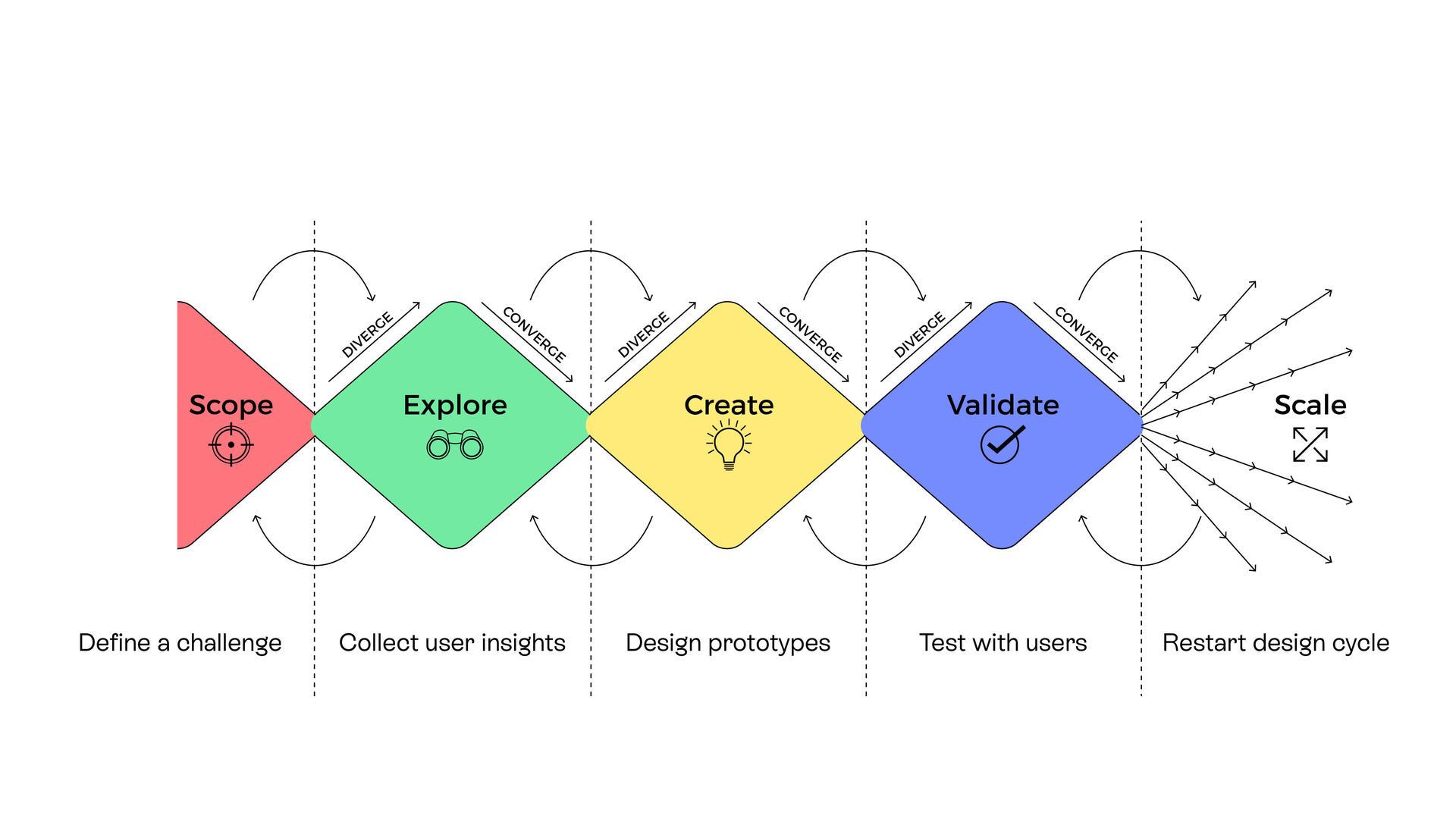
Figure 1. Design cycle of the HCD approach implemented in the Bioversity-CIAT Alliance. Source: Alliance Inclusive Design and User Research Team.
An example of a tool that emerged from the process above is "Ushauri," which was developed and implemented in Tanzania using criteria such as inclusivity and accessibility. With Ushauri, farmers access audio content prepared by extension workers and experienced farmers on topics such as soil preparation, seed selection, fertilization, and pest and disease control. Using a phone line, farmers record questions as voice messages, which are later answered in the same way by extension workers.
Inspired by these experiences, we have begun to generate lessons in the Latin America and Caribbean (LAC) context that could have a major impact on the region's agri-food systems. This is being done through the AgriLAC Resiliente Initiative, which brings together the Alliance's Climate Action, Digital Inclusion, and Gender and Social Inclusion research areas. Our goal is to respond organically to the agro-climatic information needs of users - both women and men. To do this, we conduct user research that allows us to better understand their environment, interests, barriers, and capabilities. In fact, users are seen as co-designers - experts - in the process of creating solutions or tools - both digital or non-digital. This approach is presented as a paradigm shift that may be difficult to accept at first, but which, as the results are observed, opens a space in the Alliance by demonstrating its usefulness in effectively translating and delivering the most relevant agro-climatic information to users.
Getting started
To begin our HCD journey in Central America, the first step was to train our AgriLAC initiative teams in Guatemala (Fig. 2) and Honduras (Fig. 3). In May and June 2023, we held workshops entitled "Human-Centered Design and Gender Perspective" to raise awareness about this design process amongst our colleagues, and its relationship to Gender and Social Inclusion, as both human-centered and inclusion-centered approaches recognize the diversity of social actors and the importance of understanding their specific needs in order to achieve equal access to information. Without recognition of social diversity and efforts to involve all groups in the design of solutions, there is a risk that information of interest will not be produced or that appropriate dissemination channels will not be used, thus limiting the degree of sustainable adoption of the tools and solutions produced.
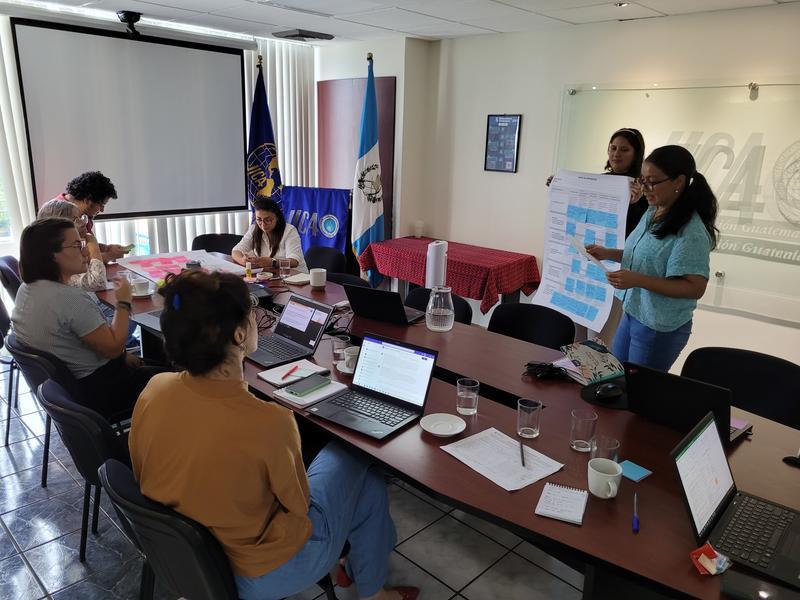
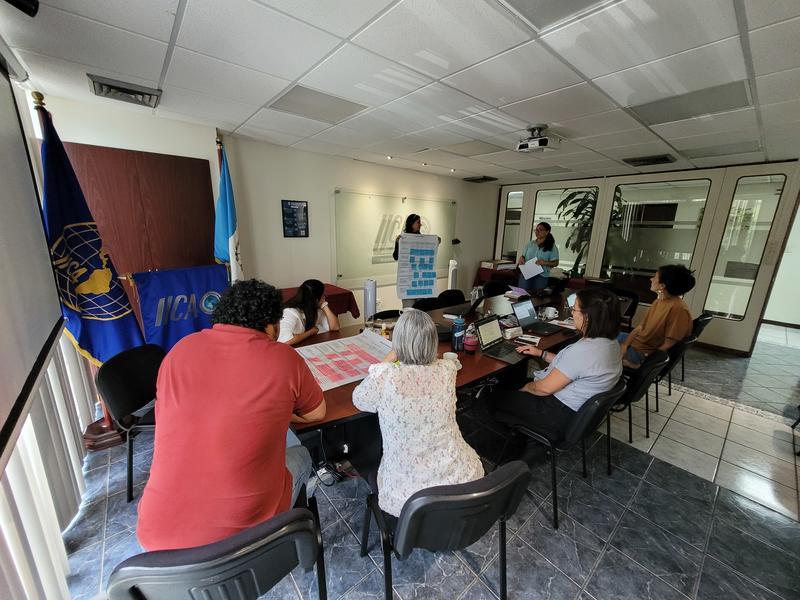

Figure 2. AgriLAC team from Guatemala. Workshop facilitated by Emmanuel Zapata-Caldas (Climate Action and Digital Inclusion), Fanny Howland (Gender and Social Inclusion) and Melissa Bonilla (Digital Inclusion). Source: AgriLAC Team
What we were looking for was i) to help understand the framework of the HCD approach—and its intrinsic relationship with GSI—in order to visualize its potential for increasing the adoption and inclusion of the tools developed and, based on this, ii) to encourage the application of the approach in the different projects being developed within AgriLAC.
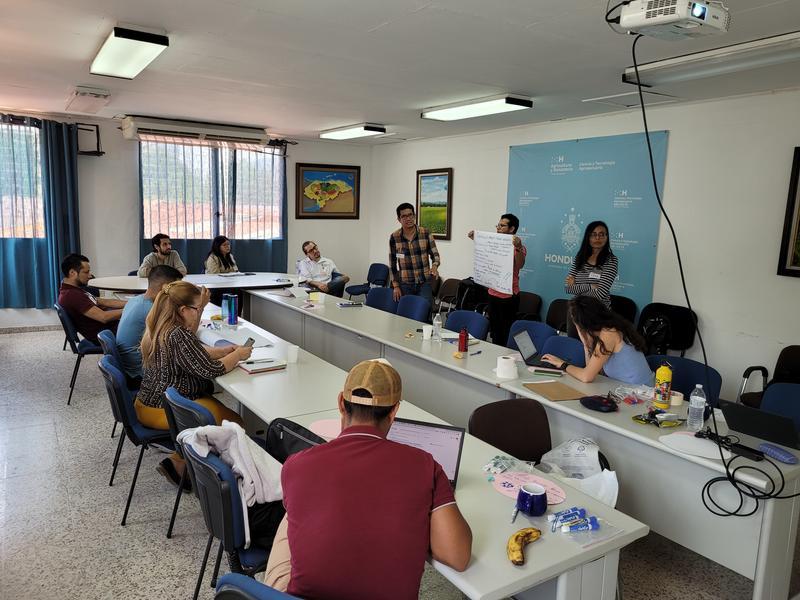


Figure 3. AgriLAC team from Honduras. Workshop facilitated by Emmanuel Zapata-Caldas (Climate Action and Digital Inclusion) and Fanny Howland (Gender and Social Inclusion). Source: AgriLAC Team
Months later, and as a result of the conversations that took place in those workshops, we began to interact with some of the partners [...]
[...] in the case of Guatemala
First, we conducted a series of workshops with our partner, the Instituto Privado de Investigación sobre Cambio Climático (ICC), to analyze the agroclimatic bulletins they currently produce for their network of partners (sugar mills and banana and plantain producers) (Fig. 4), and to learn about the perceptions of the partners' technicians regarding the impact of climate change and variability on agriculture (Fig. 5). The aim of this last exercise was to gather information that would help the ICC identify the agroclimatic information of high interest to its users.
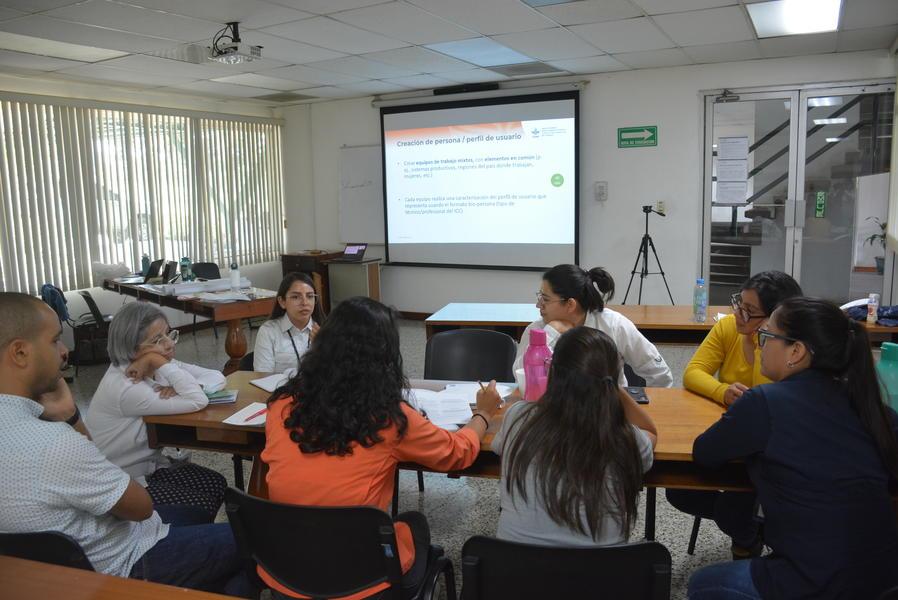
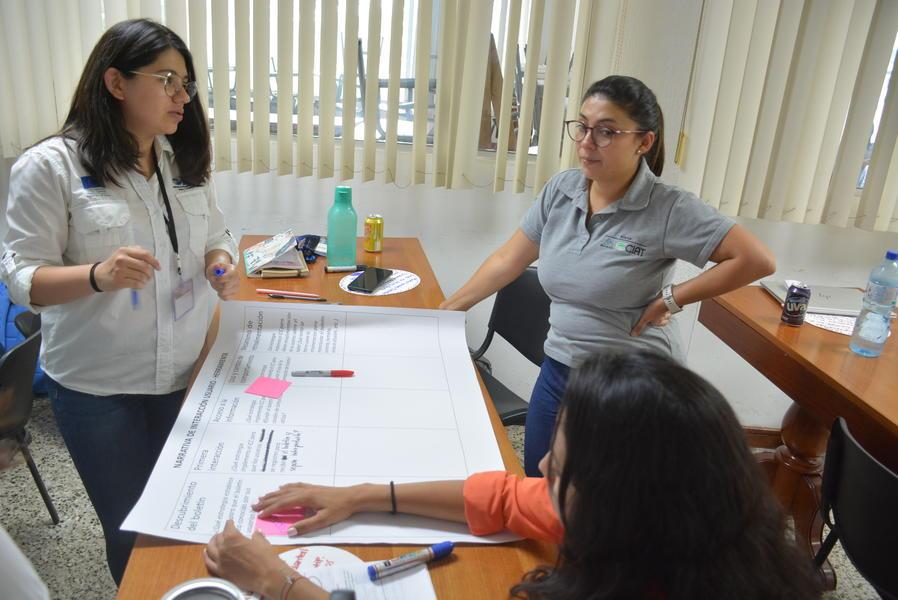
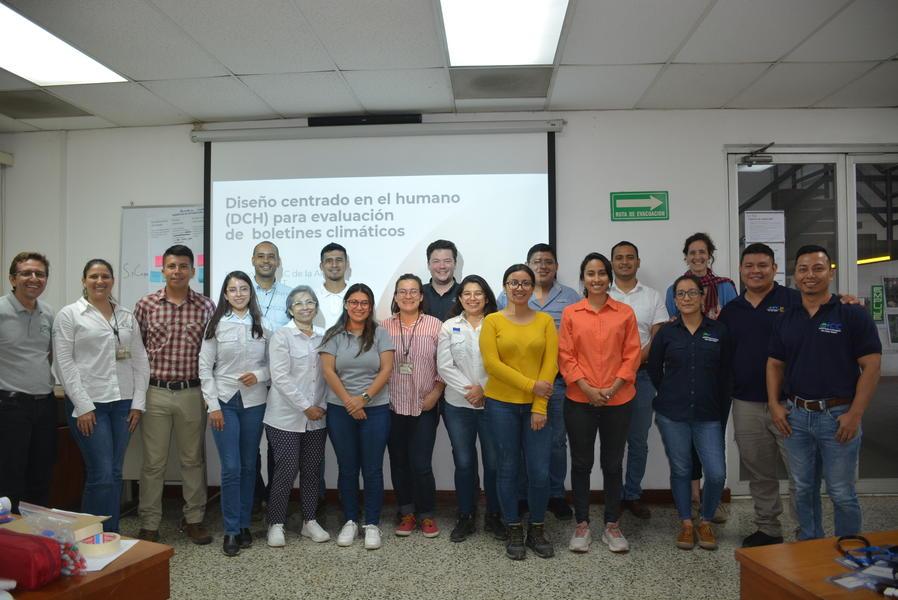
Figure 4. ICC workshops to evaluate climate bulletins. Source: AgriLAC Team
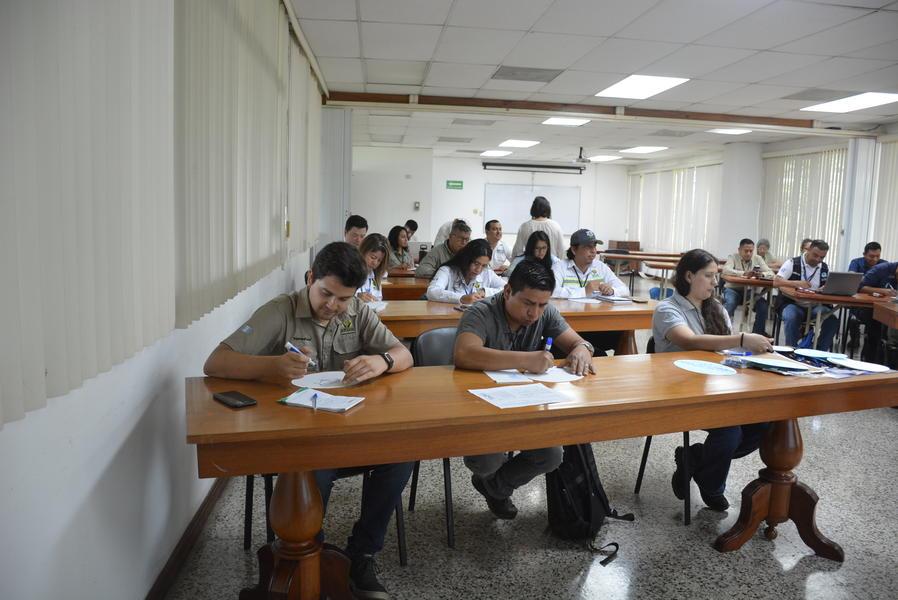


Figure 5. Workshop with ICC users (sugar mill and ICC technicians). Source: AgriLAC Team
However, the ICC was also interested in reaching out to other users, "smallholders", and knew that the bulletin produced for mills and large producers were not serving this purpose because of their highly technical content and, above all, the lack of knowledge about the main variables of interest to smallholders. Therefore, user research was conducted—an element of the scoping and exploration phases (phases 1 and 2, Fig. 1) of the HCD. Within the framework of the Altiplano Resiliente project, in which ICC is one of the implementers and the Alliance is a collaborator, the HCD approach was implemented to achieve three objectives: (i) to identify the users typologies—also known as “personas”—in communities of the Guatemalan Altiplano and the Department of Santa Rosa, (ii) to identify the type of agroclimatic information needed by users and the main problems they face in accessing and using it, and (iii) to determine the channels for disseminating agroclimatic information by user type.
These objectives defined our roadmap, and in August 2023, as part of the user research, five workshops and 27 interviews were conducted with farmers and technicians in three communities in the Guatemalan Altiplano (Patzicía, Patzún and Tecpán) and one in the Department of Santa Rosa (Chiquimulilla, in the southeast of the country). It was possible to identify the main needs of the farmers and technicians who participated in the activities:
- When does the rain start? In preparation for the first planting season.
- When does the “canícula” (heat wave) start? To apply the best farming practices for that time of year.
- When does the rain return? In preparation for the second planting season.
Currently, we have identified user typologies for farmers and have created the first prototypes of agroclimatic bulletins for them. In the case female farmer, we have the representation of "Carmenza", a woman dedicated to agriculture, growing maize, peas and cabbage, and raising chickens for consumption and sale. As for the male farmer, there is "Augusto", a passionate farmer who, despite living in an urban environment, dedicates most of his time to growing maize and various vegetables such as carrots, beets, lettuce and cauliflower. In other words, we are in the phase of creating the HCD approach (phase 3, Fig. 1). These advances were presented in November at a workshop on the results of the Altiplano Resiliente project, where we received feedback on the prototype bulletins (Fig. 6). The first finalized bulletin for users such as "Carmenza" and "Augusto" is expected to be available in the first quarter of 2024 to be evaluated in a pilot (Phase 4, Validation, Fig. 1).
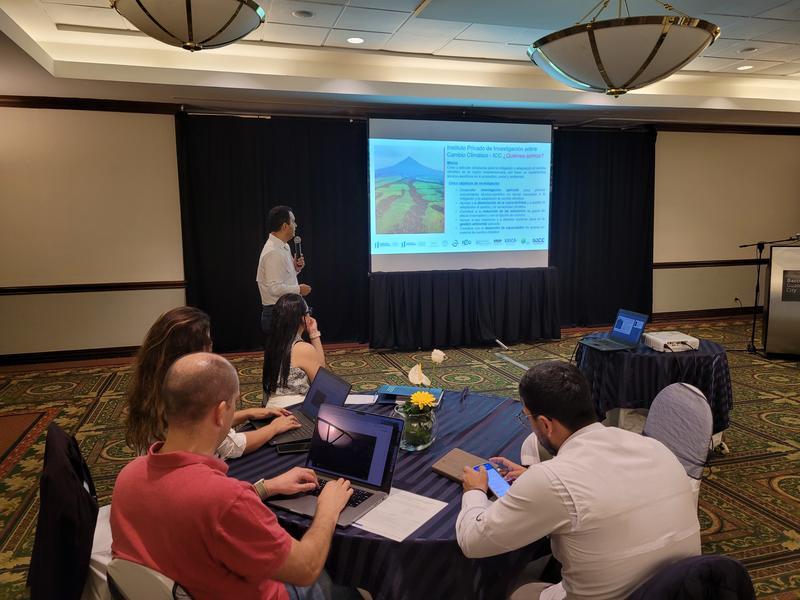
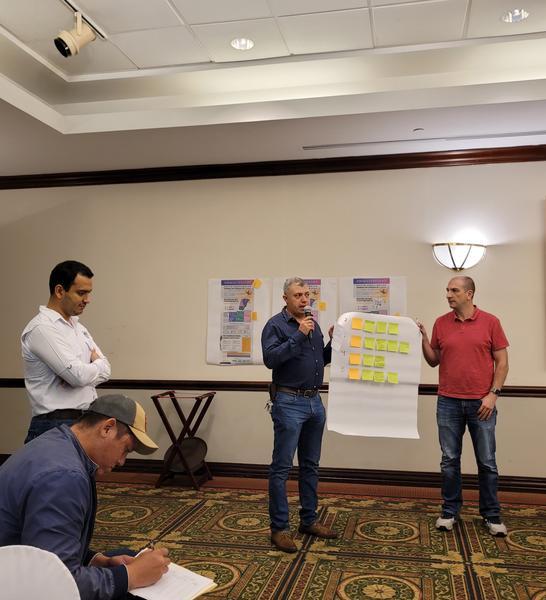

Figure 6. Workshop on the presentation of the results of Resilient Altiplano. Source: AgriLAC Team
[...] as for Honduras
We conducted 15 interviews, in this case not only with farmers and technicians—women and men—but also with decision-makers from government institutions such as Infoagro, the Dirección de Ciencia y Tecnología Agropecuaria (DICTA) of the Secretaría de Agricultura y Ganadería (SAG) and Centro de Estudios Atmosféricos, Oceanográficos y Sismológicos (CENAOS), to begin identifying user typologies. These individuals were identified by the Alliance's colleagues in Honduras. We also participated in the Mesa Agroclimática Participativa (MAP) of the Paraíso, where we were able to observe the dynamics of the generation of agricultural recommendations based on the seasonal forecast provided by CENAOS (Fig. 6).
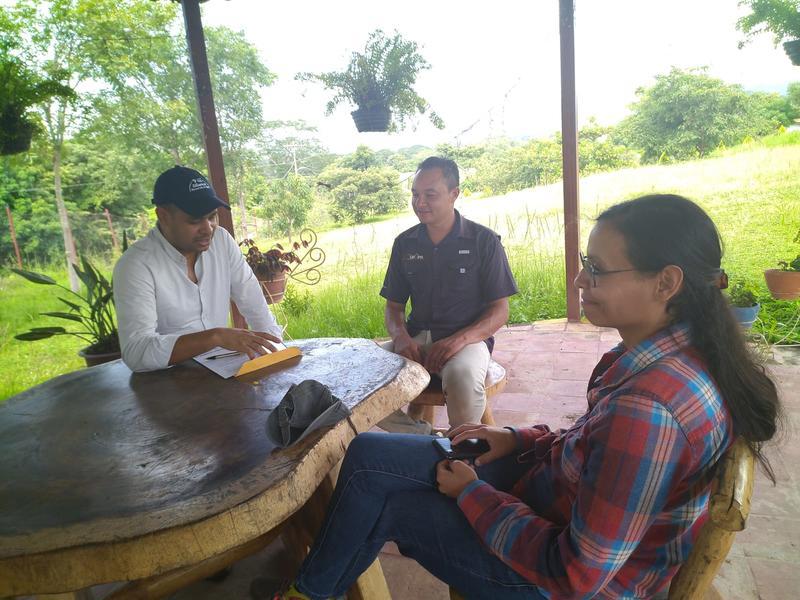

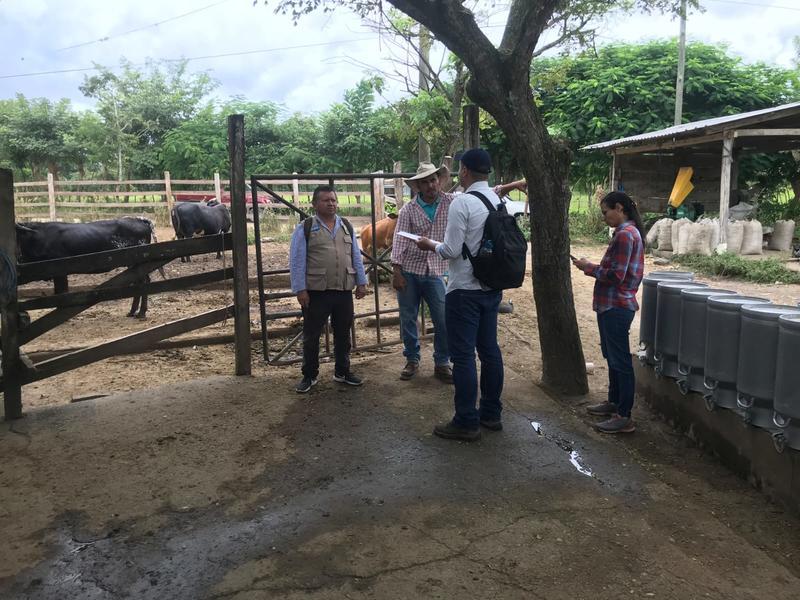
Figure 7. User research in Honduras. Interviews and participation in the Mesa “Agroclimática Participativa”. Source: AgriLAC Team
We are now in the process of creating the users’ typologies–personas–and, in a second phase, to be carried out during the first months of 2024, the first prototypes of bulletins for farmers, and agroclimatic reports for technicians and decision-makers will be produced.
Final thoughts
As can be seen, the HCD approach is an interesting bet for interdisciplinary research among climate modelers, agronomists, social scientists (e.g. geographers, anthropologists, etc.), industrial designers, systems engineers, and of course farmers and technicians. In addition, the experience gained so far shows that there is great interest in improving the way agroclimatic information is generated, shared and interpreted.
After this first experience, which is mainly based on the development of the first three phases of the HCD approach (i.e., scoping, exploration, and creation) (Fig. 1), we hope to carry out the piloting and implementation of the agroclimatic bulletins and reports in Guatemala and Honduras during 2024, and evaluate the level of adoption among the populations in which we implement them. We will share these results later to validate with facts the effectiveness of a participatory and user-centered strategy to achieve a level of adoption commensurate with the technical and financial efforts that the Alliance is making to improve agri-food conditions in Latin America and the Caribbean.
